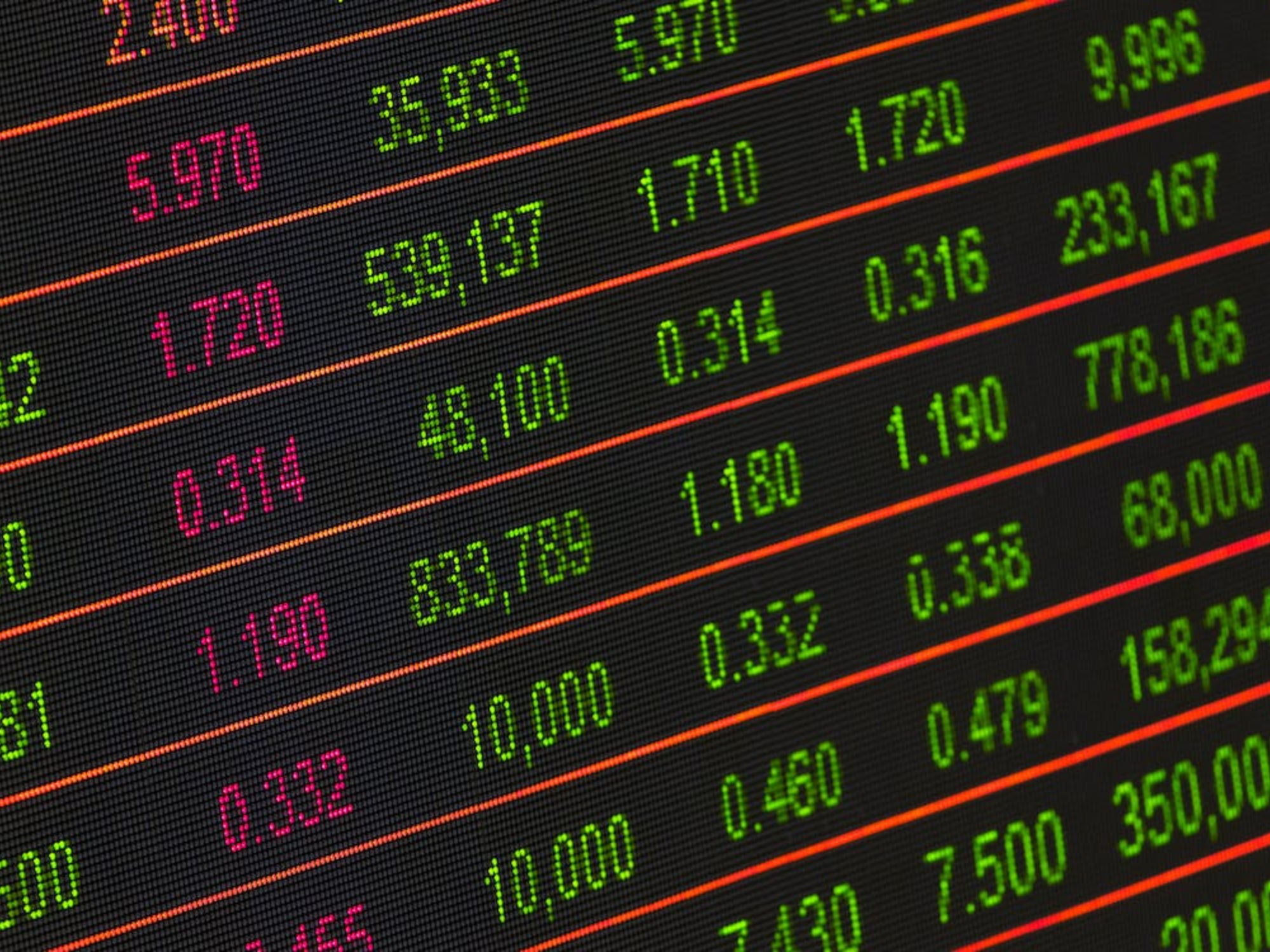As per the analysts the India’s Nifty 50 is outperforming the S&P 500 and the index could go even higher this year.
The South Asian benchmark has surged 11.8% so far this year, outpacing the S&P 500’s 9% gain, and crossed the 25,000 level for the first time last week.
Meanwhile the traders increasingly expect the U.S. Federal Reserve to cut interest rates in September, and that environment could boost Indian stocks. A U.S. rate cut would give the Reserve Bank of India more flexibility to start monetary easing as a depreciating U.S. dollar strengthens the rupee and lowers global borrowing costs.
The stocks around the world performed bad on Monday after a disappointing U.S. jobs report renewed fears of a recession. Japan’s Nikkei 225 plummeted 12.4% Monday for its worst session since the 1987 Black Monday crash, while the Nifty 50 dropped just 2.7%.
On the other hand Indian stocks have performed better than regional peers for two main reasons, according to the experts.
The analysts were elated to see BSE Sensex crossing the 80,000 mark for the first time last Wednesday.
Never ending Confidence
This pessimism in the market is as a result of Prime Minister Narendra Modi’s pledge to make India the world’s third-largest economy by 2030 and a developed nation by 2047.
The National Stock Exchange of India already has a total market capitalization of $5.19 trillion — the third largest in Asia-Pacific, according to data from the World Federation of Exchanges.
India which is the largest populated country in the world is slowly but steadily trying to become the manufacturing powerhouse in Asia.
As per the news reports in December that Apple told component suppliers it will source batteries from Indian factories for its upcoming iPhone 16. Google is also reportedly set to begin Pixel phone production in India by this quarter.
Foxconn, which is Apple’s supplier has announced it will ramp up investments in India, while Micron Technology is set to create the first India-made semiconductor chip by early 2025.






